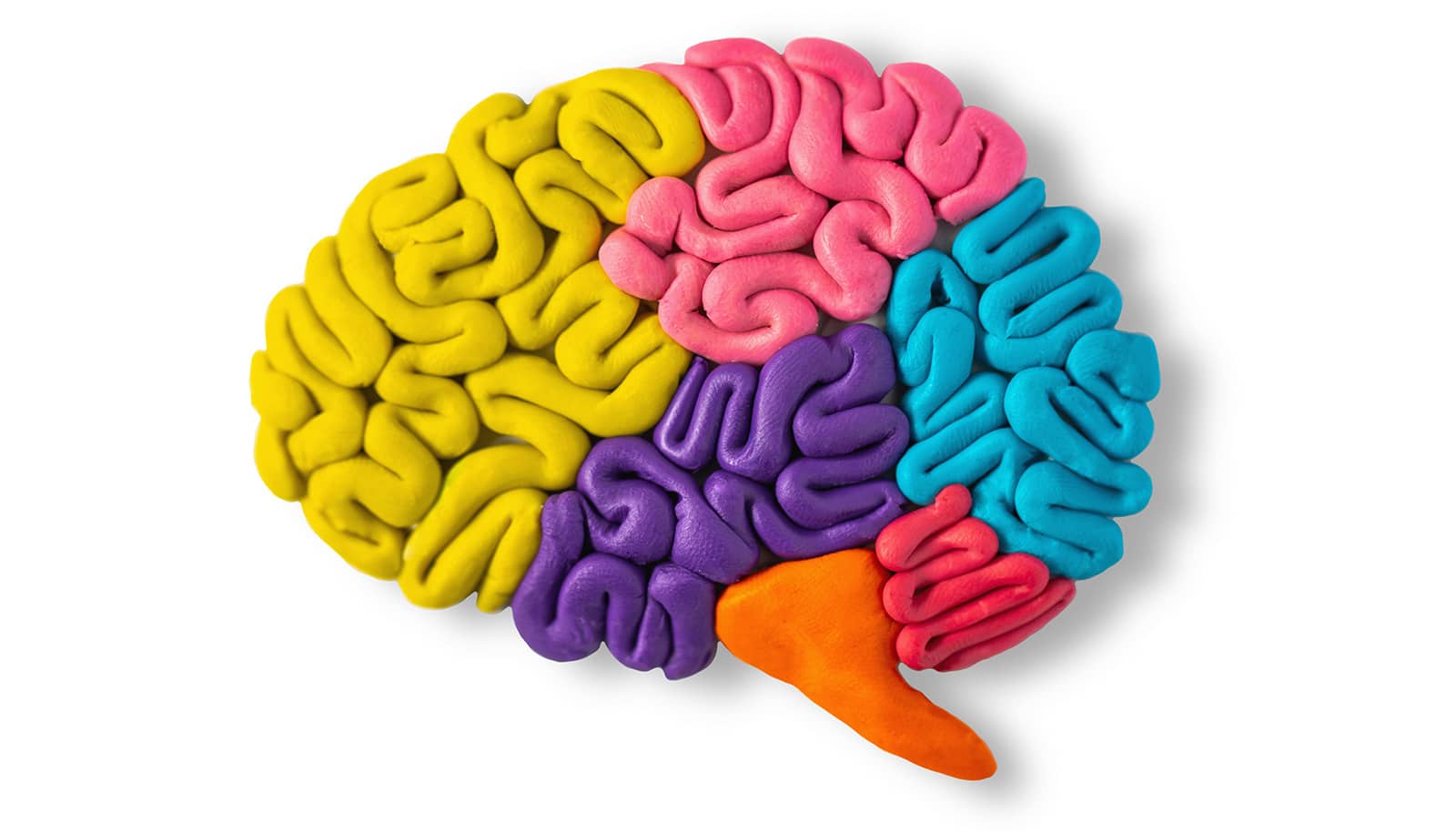Some of the similarities among human languages may have roots in the brain’s preference for efficient information processing, a new study suggests.
“If we look at languages of the world, they are very different on the surface, but they also share a lot of underlying commonalities, often called linguistic universals or cross-linguistic generalizations,” says Masha Fedzechkina, an assistant professor in the department of linguistics at the University of Arizona and lead author of the study.
“Most theories assume the reasons why languages have these cross-linguistic universals is because they’re in some way constrained by the human brain,” Fedzechkina says.
“If these linguistic universals are indeed real, and if we understand their causes, then it can tell us something about how language is acquired or processed by the human brain, which is one of the central questions in language sciences,” says Fedzechkina.
Learning a new language
Fedzechkina and her collaborators conducted a study in which two groups of English-speaking-only individuals learned, over a three-day period, a different miniature artificial language that the experimenters designed. The two languages differed from each other in structure, and, importantly, researchers didn’t structure either language like the participants’ native English.
In both groups, researchers taught participants two ways to express the same ideas. When researchers later tested participants verbally—asking them to describe actions in a video—participants, in the phrasing of their answers, showed an overwhelming preference for word orders that resulted in short “dependency length,” which refers to the distance between words that depend on each other for interpretation.
The finding suggests that what appears to be the human brain’s innate preference for “short dependencies” may explain, at least in part, language universals.
“The longer the dependencies are, the harder they are to process in comprehension, presumably because of memory constraints,” Fedzechkina says.
“If we look cross-linguistically, we find that word orders of languages, overall, tend to have shorter dependencies than would be expected by chance, suggesting that there is a correlation between constraints on human information processing and the structures of natural languages,” she says.
“We wanted to do this research to provide the first behavioral evidence for a causal link between the two, and we did. We found that when learners have two options in the input grammar, they tend to prefer the option that reduces dependency lengths and thus makes sentences in the language easier for the human brain to process.”
Why use an artificial language?
The researchers’ decision to use artificial languages for their study was strategic.
“Traditionally, linguists have studied cross-linguistic universals by going to different cultures and documenting the structures of different languages, and then they looked for cross-linguistic commonalities,” Fedzechkina says.
“That research has been transformative in identifying a large number of potential linguistic universals and has generated a lot of theories about why these universals exist, but it also has its drawbacks.”
Among those drawbacks: It has been challenging to tease out the role of the brain.
“If you look, for example, at languages like Spanish and Italian, they share a lot of structural commonalities, but many of these commonalities are there because both languages originated from Latin,” Fedzechkina says.
Brain ‘tunes in’ to rhythm in sign language and speech
“Also, languages that are related to each other geographically often share structures, too—for example, due to population movement—even if they are not related historically. Once we take into account these historical and geographic dependencies, we might not have enough independent data points to convincingly test hypotheses about language universals.”
By teaching naïve study participants an artificial language that has certain structures that are not present in their native language, and then looking at what kind of structures they prefer after they have learned these languages, researchers can draw inferences about the causality underlying language universals, Fedzechkina says.
“If the pattern is not present in the input artificial language and if it’s not present in the participants’ native language, but they still introduce this pattern, it likely reveals more general cognitive biases humans have,” she says.
How we think, how we communicate
The finding gives researchers a better understanding of the role of human cognition in language structure and acquisition.
“We know from work on second language acquisition that learners’ native language influences the way they learn a second or third language, and the fact that our participants relied so strongly on the deeper underlying principle of human information processing rather than on surface word order of their native language was very surprising and very impressive for us,” Fedzechkina says.
Babies can learn second language in 1 hour per day
“We provide the first behavioral evidence for the hypothesized connection between human information processing and language structure, and we suggest that processing constraints do play a role in language acquisition, language structure, and the way language changes over time.”
The researchers report their findings in the journal Psychological Science.
Source: University of Arizona



